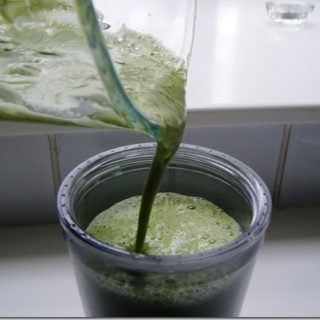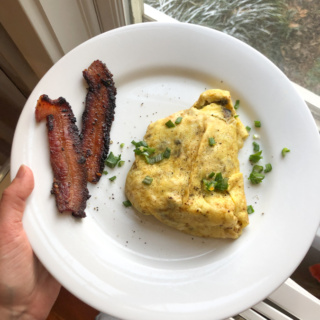Hi friends! I’ll be back with recent fitness/food adventures tomorrow, but for now, a couple things of note.
1) It’s National Eating Disorder Awareness Week. As someone who works regularly with clients struggling with a range of disordered eating, from mild to full blown, I am very passionate about bringing light to this issue. Operation Beautiful did a great round up of all the virtual events going on this week and how you can get involved: click here to see it. Today’s focus is on athletes, who are at a higher risk of developing an eating disorder.
2) There’s a great article in the New York Times talking about the better science that is going into developing the new 2015 dietary guidelines, which will be released later this year.
Here are the main takeaway points – glad to see the national recommendations moving in the right direction!
- Dietary fat and cholesterol have not been proven to impact mortality rates; as such, low fat diets should not be recommended! Especially when that fat is being replaced by extra carbs. Also, stop eating egg whites! Embrace the whole egg and all the nutrition provided by the egg yolk. (For more on my opinion on this issue, see a guest post I wrote awhile ago: Why This Dietitian Eats More Fat.)
- Cutting down on salt doesn’t help to reduce mortality – and in fact, taking in too little salt can be quite dangerous. I still like buying low/lower salt versions of packaged foods when applicable and adding my own salt, simply because of taste preference, but there’s no reason to stress about the salt shaker, especially if you’re eating mostly a whole, real food diet. Matt and I love adding fun salts to our meals; I’m particularly into truffle salt lately. Yum!
In my opinion, the 2015 guidelines could basically be boiled down to Michael Pollan’s famous recommendation: “Eat food. Not too much. Mostly plants.” If your grandparents wouldn’t consider it food, it’s not food. The easiest thing you can do to improve your diet is not to count grams of this or calories in that, but to simply add more veggies and color to your meals and to look not at nutrition facts but at ingredient labels. Is the ingredient list short and full of things you recognize? Great. If not, don’t buy it, or at least don’t make it the majority of your diet. (Because, of course, we shouldn’t always eat perfectly. 🙂 ) Eating well doesn’t need to be as complicated as we’ve made it, my friends!




